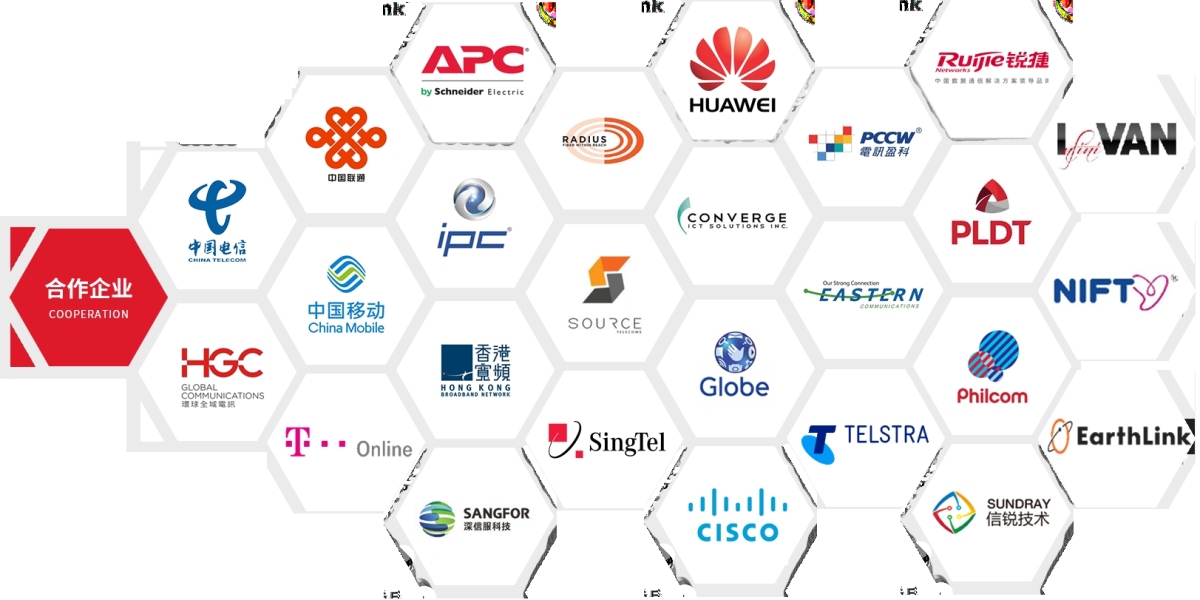When it comes to occupational safety and health, knowing the law is not just a formality—it’s a professional necessity. Every organization, regardless of its size or industry, must comply with national and international safety standards to protect its workers and maintain legal integrity. However, identifying and tracking these legal requirements isn’t always straightforward. That’s where structured learning, such as NEBOSH training, becomes invaluable.
Many aspiring safety professionals in Pakistan are now enrolling in NEBOSH programs to gain the expertise needed to manage compliance efficiently. Understanding the NEBOSH fee structure in Pakistan helps learners plan their professional development journey effectively, ensuring that they invest wisely in a qualification that pays long-term dividends.
Understanding Applicable Legal Requirements
Before we dive into how to identify and track legal requirements, it’s important to understand what these requirements are. In occupational health and safety, “legal requirements” refer to the laws, regulations, and standards that govern how workplaces must operate to ensure safety.
These may include:
National labor laws and occupational safety regulations.
Industry-specific compliance codes (for example, construction, oil and gas, or manufacturing).
International frameworks like ISO 45001.
Environmental and fire safety standards.
Each workplace has its unique set of obligations based on location, operations, and risk factors. Knowing which ones apply to your organization is the foundation of effective compliance.
Why Identifying Legal Requirements Is Crucial
Failing to comply with legal obligations doesn’t just result in fines—it can lead to accidents, damaged reputations, and even criminal liability. For example, if a company ignores a regulation requiring proper ventilation for chemical fumes, an employee’s illness could result in both legal action and reputational damage.
Properly identifying legal requirements ensures:
Regulatory compliance: Avoid penalties and legal challenges.
Workplace safety: Prevent incidents before they occur.
Improved reputation: Build trust with stakeholders and employees.
Operational efficiency: Reduce downtime due to non-compliance issues.
A well-trained safety professional acts as the first line of defense against such risks—someone who knows what the law demands and how to implement it effectively.
How to Identify Legal Requirements (Step-by-Step)
Here’s a simple process that safety professionals can follow to identify which laws and regulations apply to their workplace:
1. Define the Scope of Operations
Start by understanding what your organization does. Each process, product, and service could be subject to different regulations. For instance, a food processing plant must comply with hygiene and chemical handling standards, while a construction company must meet scaffold and machinery safety regulations.
2. Research Relevant Legislation
Search for national and local laws related to occupational safety, environmental protection, and employee welfare. In Pakistan, relevant acts include:
The Factories Act 1934
The Mines Act 1923
Environmental Protection Acts
Provincial Occupational Safety and Health Acts
3. Identify Industry-Specific Standards
If your company operates in high-risk sectors like oil and gas, construction, or manufacturing, additional standards (like NFPA or OSHA guidelines) may apply.
4. Review Client and Contractual Requirements
Some clients or international partners may impose compliance expectations beyond local law. These often align with global standards such as ISO or OHSAS frameworks.
5. Document Everything
Record all identified requirements in a compliance register or database. Include references, effective dates, and responsible persons. This document becomes the foundation for tracking and auditing compliance.
Tracking and Maintaining Compliance Over Time
Identifying the requirements is just the beginning; tracking and updating them is where continuous compliance happens. Laws and standards evolve frequently, so your compliance system must adapt.
Practical Tips:
Create a Legal Register: Maintain a centralized document listing all applicable laws.
Assign Responsibility: Designate someone to monitor regulatory updates.
Schedule Regular Reviews: Revisit your compliance list every 6–12 months.
Use Digital Tools: Compliance management software can automate alerts and reminders.
Audit Periodically: Conduct internal or external audits to verify compliance.
A strong tracking mechanism ensures your organization remains legally aligned and prepared for inspections or certifications.
How NEBOSH Training Helps You Master Legal Compliance
The NEBOSH qualification is designed to develop deep understanding of legal frameworks, risk management, and compliance monitoring. It goes beyond theory, focusing on practical skills that safety professionals can apply directly in their workplace.
Through NEBOSH training, learners:
Gain knowledge of international safety legislation and standards.
Learn how to identify and evaluate legal obligations relevant to their role.
Understand how to develop and maintain compliance documentation.
Build confidence to lead audits and inspections.
Become competent in recommending corrective and preventive actions.
These skills are indispensable for professionals aiming to work in compliance, auditing, or safety management roles.
Understanding the NEBOSH fee structure in Pakistan
Investing in NEBOSH certification is one of the smartest decisions for anyone aspiring to become a safety professional. However, understanding the cost breakdown is essential before enrolling. The NEBOSH fee structure in Pakistan varies depending on the training provider, course format (online or classroom), and location.
Typically, the fee includes:
Tuition/training charges: Covers the instruction, course materials, and resources.
Exam registration fee: Paid directly to NEBOSH for assessment and certification.
Study materials and support: Some institutes offer extra study sessions, practice tests, or digital platforms.
On average, the total investment can range from PKR 120,000 to PKR 180,000. Though prices vary, many institutes provide flexible installment plans to make it more accessible for students and professionals.
Comparing NEBOSH course price Pakistan with Value Gained
When evaluating the NEBOSH course price Pakistan, it’s important to view it as a long-term investment rather than a short-term expense. The skills, recognition, and career benefits that come from this certification far outweigh the cost.
Here’s why:
Global Recognition: NEBOSH qualifications are accepted in over 130 countries.
Career Growth: Opens doors to higher-paying positions in HSE and compliance roles.
Professional Credibility: Enhances your resume and builds trust with employers.
Practical Knowledge: Equips you with actionable tools to implement legal compliance effectively.
Many professionals see a significant return on investment within months of certification, thanks to better job opportunities and increased salary potential.
FAQs
1. What does NEBOSH teach about legal requirements?
NEBOSH courses focus on identifying, interpreting, and applying legal and regulatory frameworks for workplace safety. You’ll learn how to evaluate compliance gaps and take corrective action.
2. Is NEBOSH mandatory for working in safety roles?
While not always mandatory, NEBOSH is highly preferred by employers in Pakistan and abroad because it validates both theoretical and practical competence.
3. How often should organizations review legal requirements?
It’s best practice to review them every six months or whenever significant regulatory changes occur.
4. Can NEBOSH help me work internationally?
Yes. NEBOSH qualifications are globally recognized, allowing you to work in international safety and compliance positions.
5. What are the eligibility criteria for NEBOSH in Pakistan?
Anyone with an interest in health and safety can enroll. There are no strict prerequisites, though having basic English proficiency helps.
Conclusion
Identifying and tracking applicable legal requirements is the cornerstone of a compliant and safe workplace. Through systematic identification, documentation, and monitoring, organizations can minimize risks and uphold safety excellence.
For professionals seeking to master this process, NEBOSH offers the perfect blend of global recognition and practical knowledge. Understanding the NEBOSH fee structure in Pakistan and comparing it with the NEBOSH course price Pakistan helps learners make informed decisions about their professional growth.
Ultimately, NEBOSH training isn’t just an educational investment—it’s a career-transforming opportunity that empowers you to protect people, enhance compliance, and build a future grounded in safety and integrity.









